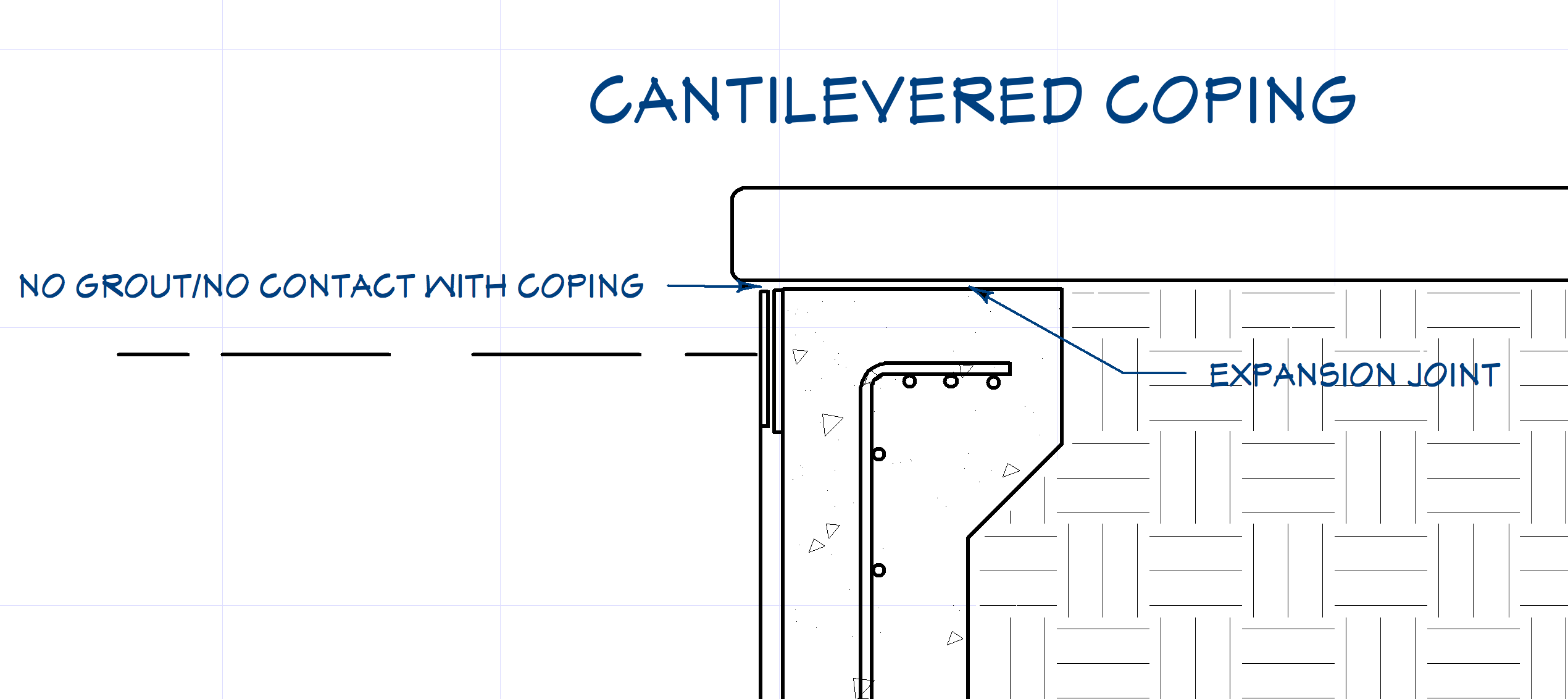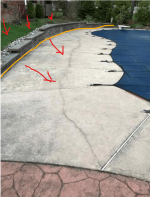- Jun 15, 2014
- 44
- Pool Size
- 22000
- Surface
- Vinyl
- Chlorine
- Salt Water Generator
- SWG Type
- Hayward Turbo Cell (T-CELL-5)
I have a damaged 17 year-old concrete pool deck for a vinyl-lined pool. (Pic 1)

The area by the pool steps, which is a molded one-piece set of steps, is sinking (Pics 2, 3, 4) and there is a long crack running through several sections to the side of the pool. (Pic 5)
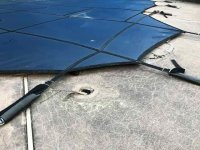
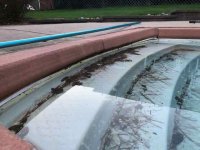
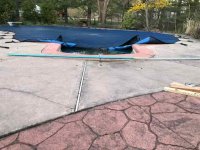
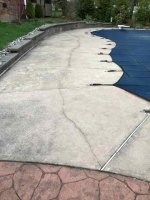
The steps also appear to have sunken an inch at the exit point (at the top of the steps; Pics 6, 7). Also, the coping by the steps has sunk and is experiencing misalignment. Hard to see in the photos.

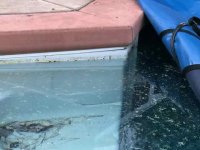
Once contractor proposes a cantilever deck. They have told me they have done many cantilever pool decks but they are not a pool builder. The estimator didn’t think the steps were sinking when she visited during the pool season and water was lower. With the water higher, it looks obvious.
I asked how the cantilever deck is kept from shifting the pool wall with expansion and got this reply: “We use a bond-breaker material between the pool shell and the concrete to allow for proper movement as the concrete expands and contracts with temperature changes.” Case closed?
This made me wonder about the liner track. The coping seems to be directly on top of the track. (Pic 8) Not all tracks are like this apparently. Will bond-breaker material affect keeping the liner track in place? I'm also wondering if the track will get out of position when the coping is removed.
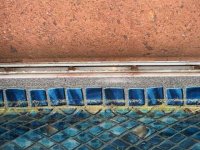
The proposals doesn't mention addressing why the area is sinking. Is it safe to assume it will stop? We bought the place in 2013 and it seems like the area has sunk more since then. Could water be seeping in at top of steps from spashing/waves and eroding the ground underneath?
Any advice appreciated.

The area by the pool steps, which is a molded one-piece set of steps, is sinking (Pics 2, 3, 4) and there is a long crack running through several sections to the side of the pool. (Pic 5)




The steps also appear to have sunken an inch at the exit point (at the top of the steps; Pics 6, 7). Also, the coping by the steps has sunk and is experiencing misalignment. Hard to see in the photos.


Once contractor proposes a cantilever deck. They have told me they have done many cantilever pool decks but they are not a pool builder. The estimator didn’t think the steps were sinking when she visited during the pool season and water was lower. With the water higher, it looks obvious.
I asked how the cantilever deck is kept from shifting the pool wall with expansion and got this reply: “We use a bond-breaker material between the pool shell and the concrete to allow for proper movement as the concrete expands and contracts with temperature changes.” Case closed?
This made me wonder about the liner track. The coping seems to be directly on top of the track. (Pic 8) Not all tracks are like this apparently. Will bond-breaker material affect keeping the liner track in place? I'm also wondering if the track will get out of position when the coping is removed.

The proposals doesn't mention addressing why the area is sinking. Is it safe to assume it will stop? We bought the place in 2013 and it seems like the area has sunk more since then. Could water be seeping in at top of steps from spashing/waves and eroding the ground underneath?
Any advice appreciated.


